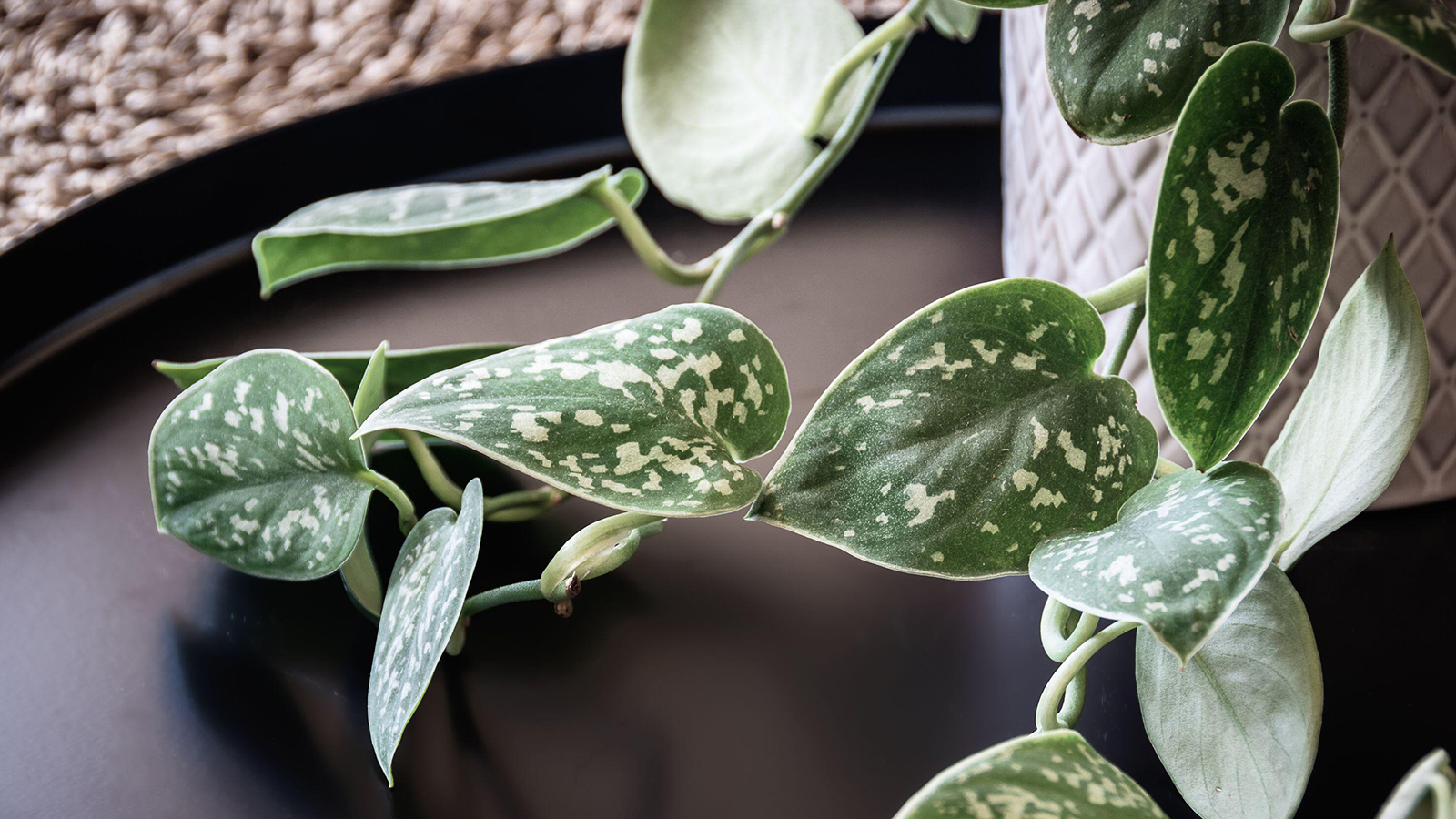
Philodendrons are archetypal indoor plants. Their huge lush-green leaves will trail or climb, creating a jungle atmosphere wherever they're placed. Some varieties even have speckled shades of white, pink or zesty yellow running through their leaves.
Before you get carried away however, it's important to note that Philodendrons are toxic to humans, and to cats and dogs, so if you have a baby or pet that likes to nibble leaves, make sure you can safely display your philodendron out of reach, or check out our other suggestions for the best indoor plants instead.
'Philodendrons are considered great indoor plants due to their ability to adapt to low light conditions and their resilience to neglect. They are also known for their attractive foliage, which adds beautiful greenery to indoor spaces,' says Autumn Hillard Knapp, houseplant expert.
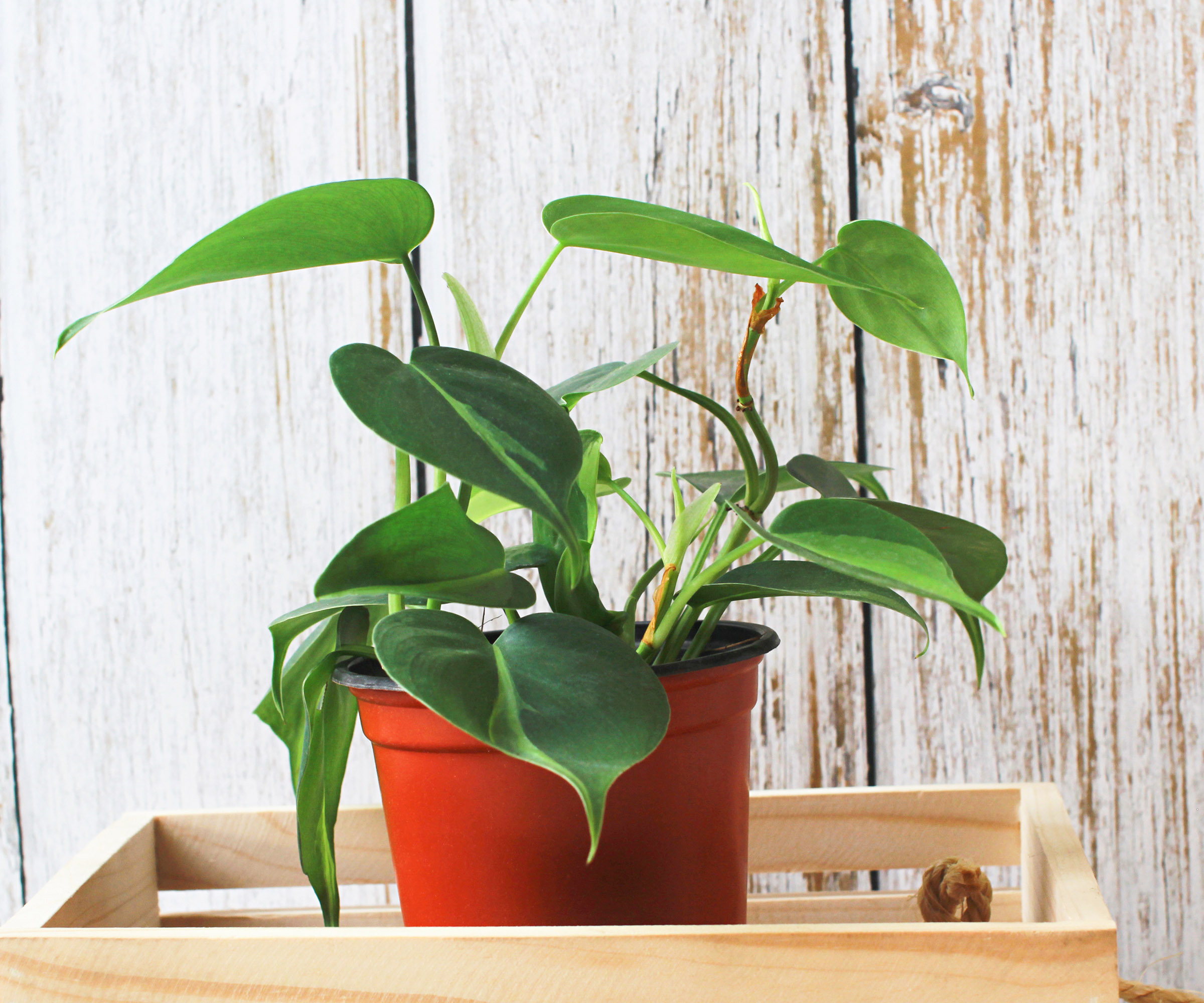
5 essential philodendron care tips
If you want a trailing type, check out the plain green, heart-leaf philodendron (Philodendron scandens), which will also scramble up a mossy pole if you prefer, or opt for a colorful, zesty lime-green variety, such as ‘Lime’ or ‘Malay Gold’ with its paddle-shaped leaves.
You may also find the larger-leaved philodendrons listed under their new name Thaumatophyllum, although many suppliers have chosen to stick to the old one to avoid confusion.
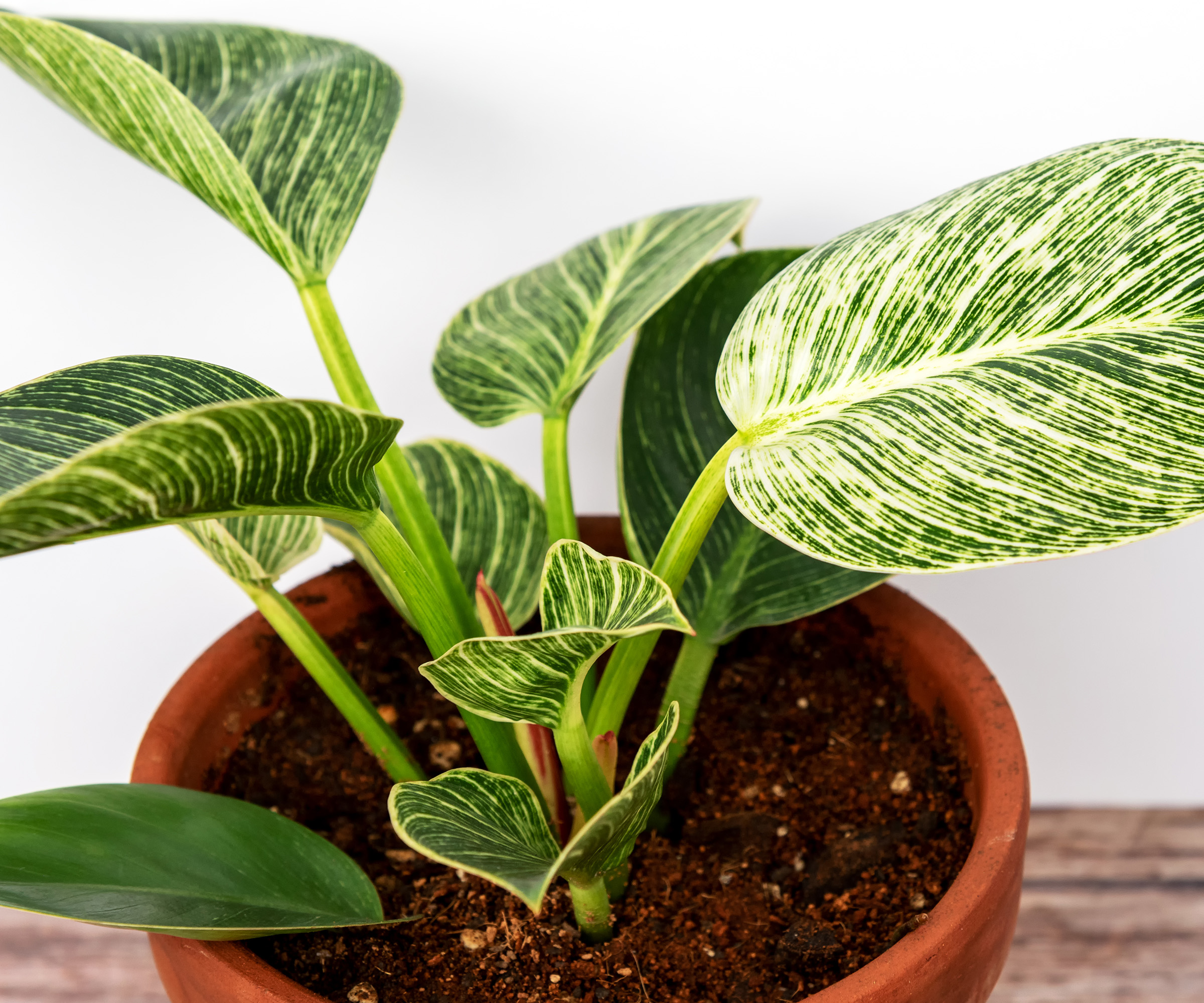
1. Allow your philodendron to get plenty of light
'A philodendron thrives when placed in a location with bright, indirect light. It is best to avoid placing it in direct sunlight because this could lead to leaf burn,' says Autumn.
They also tolerate some shade – the heart-leaf is a good low light indoor plant for deep shade – but if your plant starts stretching towards the window, move it a little closer to the light and turn the pot regularly to encourage a more balanced shape.
You may find that the colorful varieties are better in brighter conditions than those with large, dark green leaves.
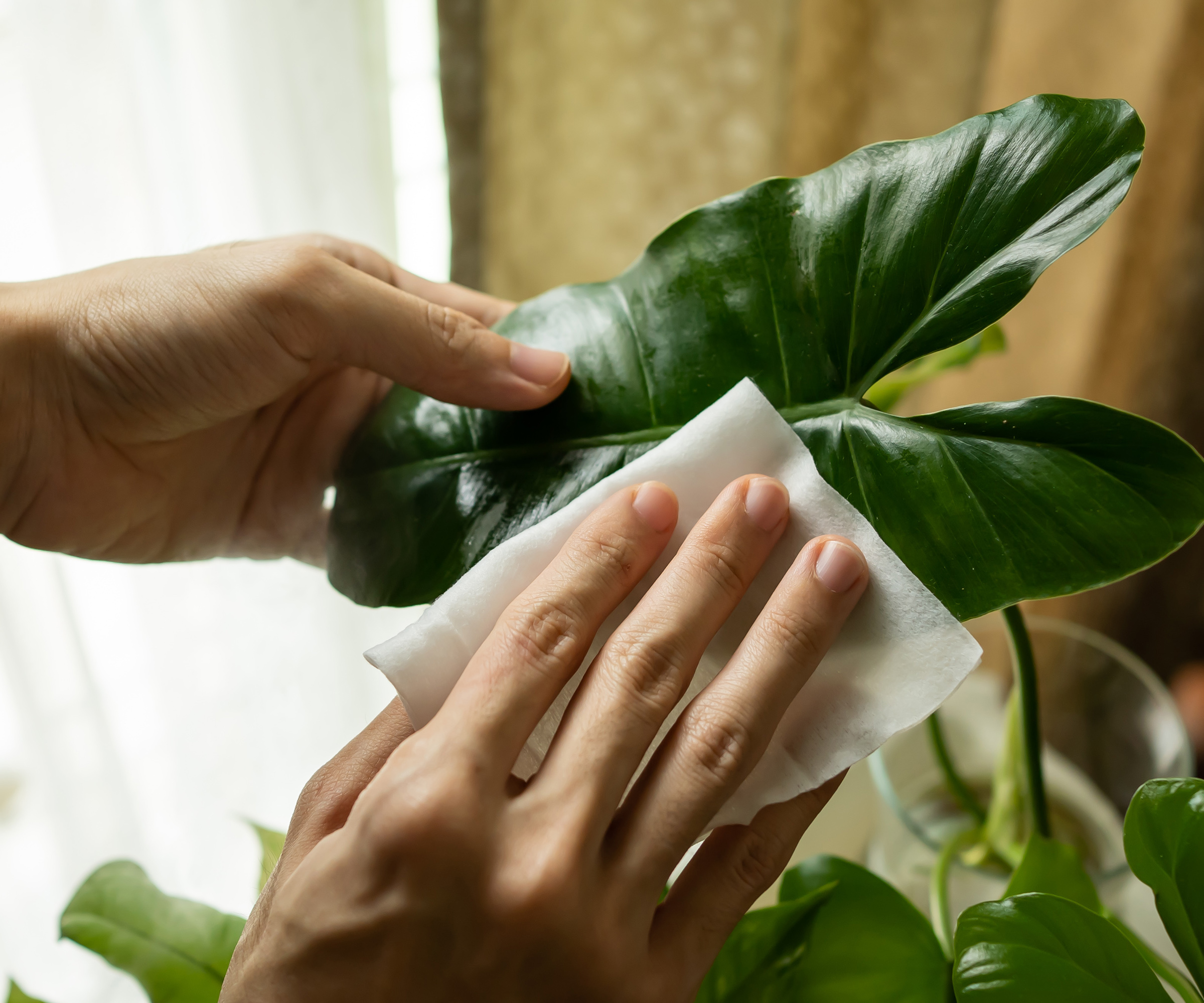
2. Keep it fairly dry
Philodendrons like dryish soil, so a classic indoor plant mistake would be to overwater them. Avoid this by potting them up in a container with drainage holes in the base, and, as with succulents, ensuring that the compost never becomes soggy or waterlogged.
'It is recommended to water philodendrons about once a week, although the frequency can vary based on factors such as temperature, humidity levels, and the size of the plant,' says Autumn.
They are tropical plants, so they are partial to warm, humid conditions – making them one of the best bathroom plants as well as a great choice if you're searching for kitchen plants.
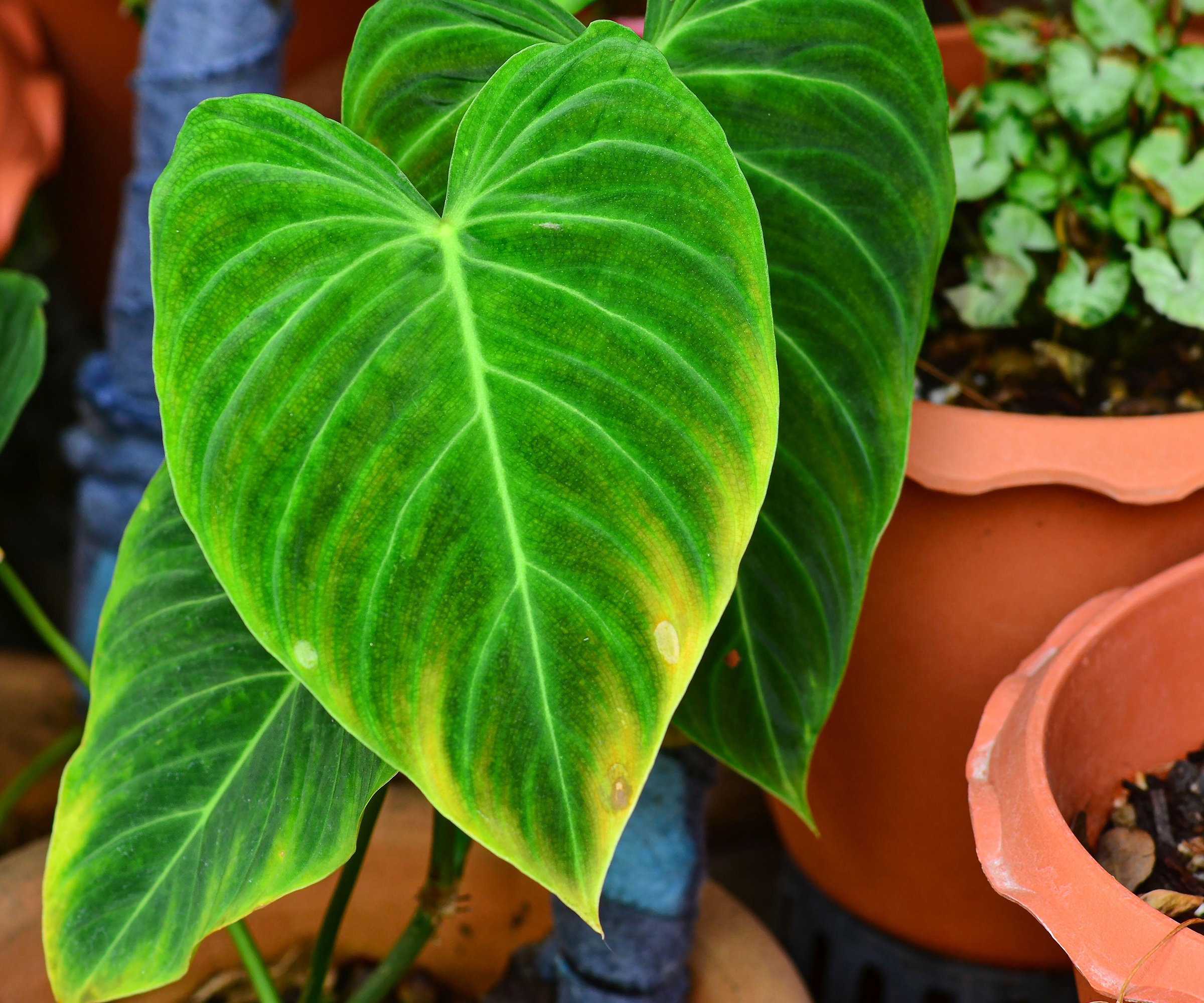
3. Feed and mist your philodendron regularly
As with other tropical houseplants such as orchids and the peacock plant, philodendron plants also prefer humid conditions, so either mist the foliage every few days, or set large plants on a tray filled with pebbles and water, to maintain a moist atmosphere around them.
Plants do not require feeding in winter when they are dormant or growing very little. But in spring and summer you can feed monthly with organic plant food like this liquid fertilizer for indoor plants at Perfect Plants.
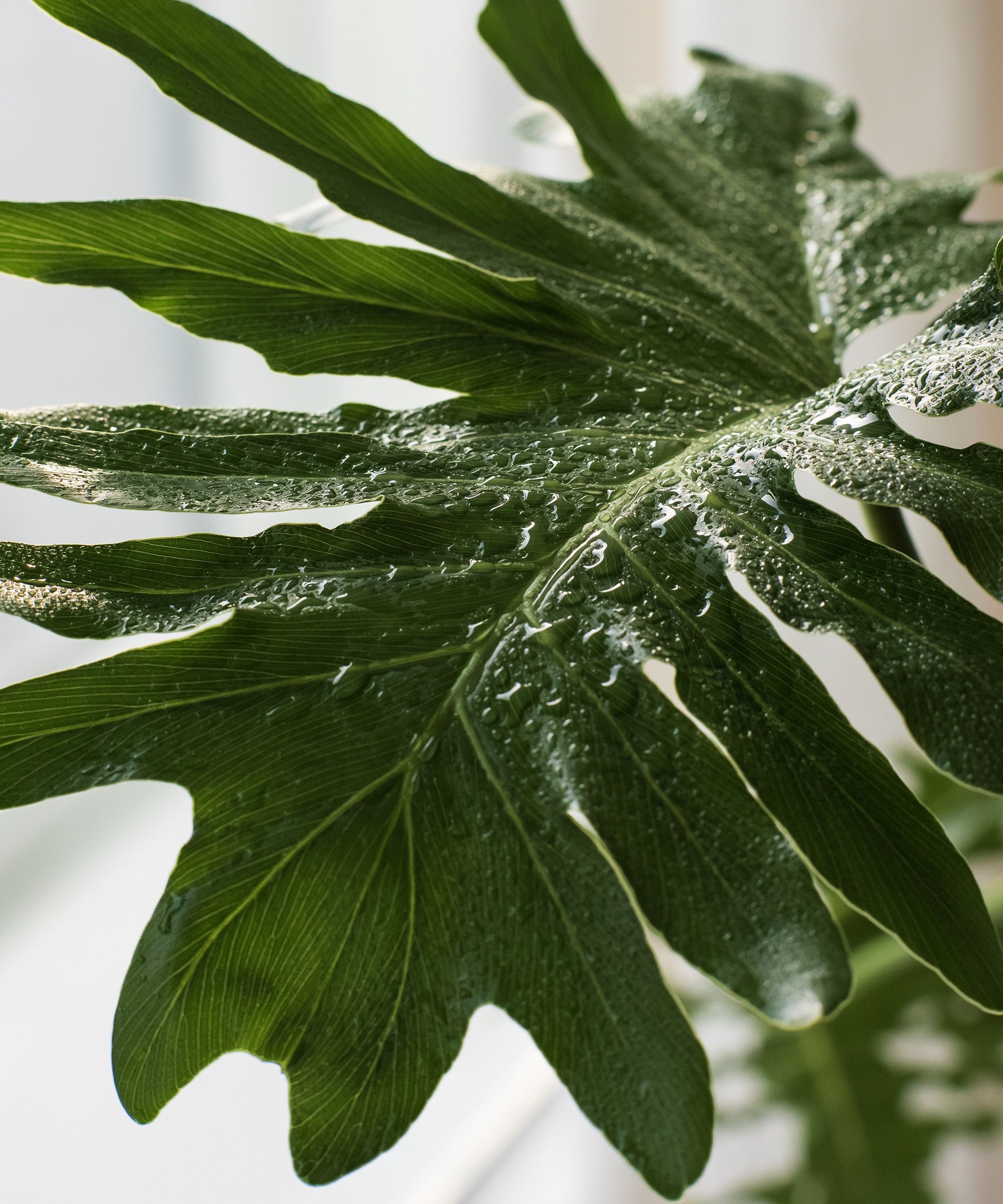
4. Look out for root rot
These drought-tolerant plants will rebound with no ill-effects if left without being watered for a week or two. But too much moisture, and wet compost, can quickly result in root rot, which may kill the plants.
Overwatering and under-watering can both result in wilting and yellowing leaves, so check the compost if your plant is suffering from these symptoms. If too wet, check that the plant pot has drainage holes in the base and repot if not, then leave your philodendron to dry out for a couple of weeks until it revives.

5. Treat pest infestations quickly
While philodendrons are generally pest-free, they may occasionally suffer an attack by mealybugs, which is also a common ailment of the fiddle-leaf fig. Also look for scale insects and spider mites.
Mealybugs are sap-sucking beetle-like creatures that hide beneath a fluffy white coating; scales look like little hard bumps on the stems; and spider mites cause white mottled patches on the foliage.
Check leaves regularly for signs of pest damage such as distorted leaves. To get rid of mealybugs cut out affected parts, taking care not to defoliate the entire plant, or try wiping off the insects if possible.
You can also try carefully dabbing persistent mealybugs and scale insects with a Q tip soaked in a little methylated spirit. Treating spider mite with insecticidal soap may work too.
FAQs
What is a philodendron plant good for?
You can train a philodendron with climbing stems up a mossy pole, or along horizontal wires fixed to a wall to create a curtain of heart- or paddle-shaped leaves.
Large-leaved plants are great for a pot on the floor as a bedroom plant. In fact they suit any room of the house, if you have space for them. Although you will need to mist the leaves regularly where humidity levels are low.
If the low-maintenance nature and trailing habit of the philodendron appeals to you, you may also like the pothos plant, which is often mistaken for philodendron.







